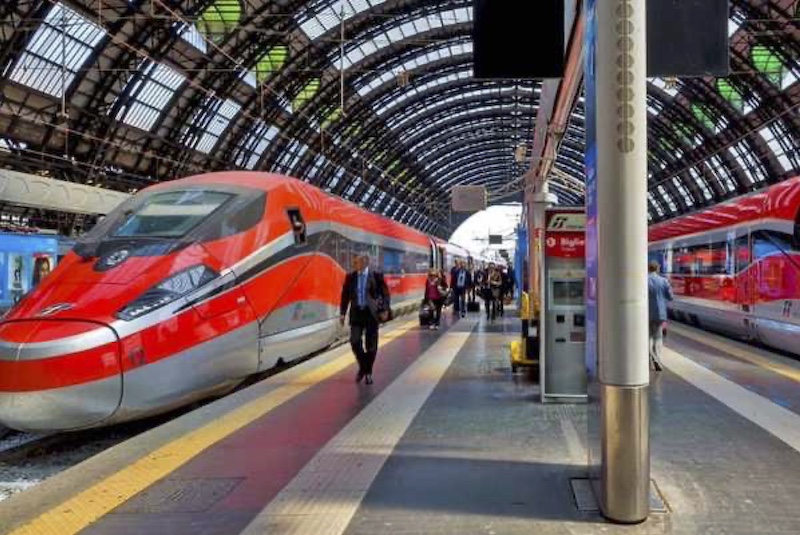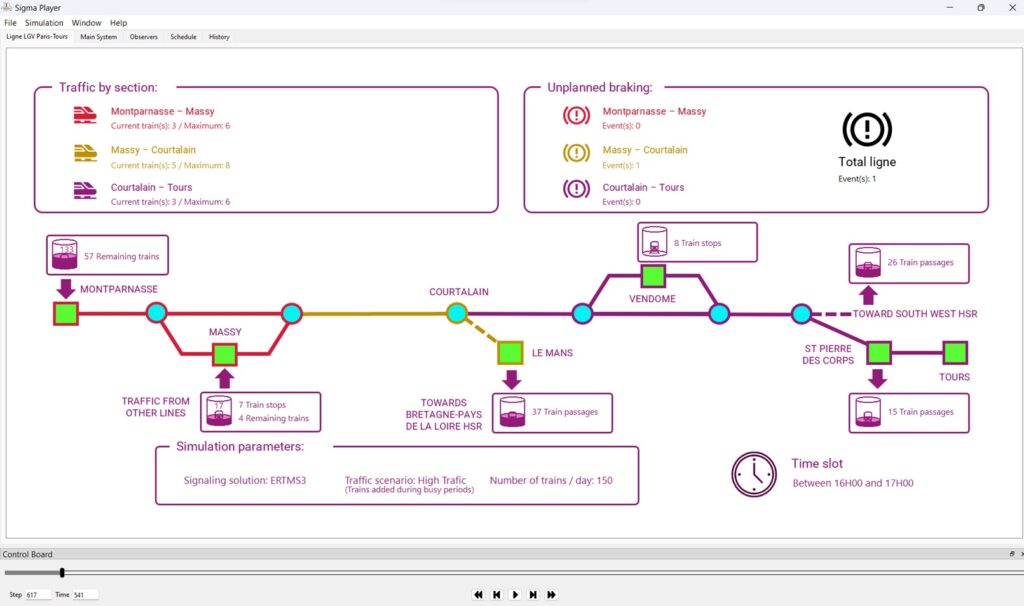Transportation Networks
Transportation networks industry overview
Transportation networks, encompassing air, sea, road, and rail, play a pivotal role in facilitating the seamless movement of goods and people.
Designing and operating individual transportation infrastructures, or cohesive networks that integrate several modes involves intricate management processes. In these contexts, decision-making is especially very difficult to apprehend due to the inherent complexity steaming from the multitude of internal components, the multitude of external flows and constraints (sustainability, consumer habits and their predicted evolutions, business models, maintenance strategies, etc.) – often characterized by high levels of uncertainty and variability – that needs to be taken into account.
Irrespective of the systemic level to take into account, whether it be air transport, maritime shipping, road networks, or railway systems, WorldLab™ offers valuable assistance in determining optimal configurations for new transportation infrastructures or related transformation projects, and making critical short or longer term decisions for transportation systems that are already in operation.
Other Case Studies
Analyzing the impact of signaling technologies on the overall performance of an high-speed train line
The challenge
Our client, a major French rail infrastructure manager, wanted to optimize the rail traffic on one of the key sections of the national high-speed railway network. The objective was to identify the fundamental requirements and associated performance parameters that must be met by the signaling system which ensures the safety of the railway traffic. Based on various virtual experiments, combining technological choices and traffic densification scenarios, we succeeded in optimizing the design – taking into account its main constraints & hazards – of such a system.


Our approach
To respond to our client’s challenge, we proposed to build a systemic digital twin of a railway system, based on a realistic systemic model, whose end-user interface is presented below. This systemic digital twin made it possible to carry out comparative analyzes, based on occurrences of deterministic congestions, of various signaling technologies under different high traffic hypotheses and to make decisions with respect to the potential returns on investments associated to the signaling systems that we studied.

The outcomes
FEATURES
Service features that were deployed in this case:
– Structural & behavioral modeling of a railway system
– Analysis of operational data assocated with a railway system
Product features that were used in this case:
– Implementation of a systemic model in Σ™
– Connection with external data sources
– Step-by-step and stochastic simulation
– Scenario simulation and evaluation
ADVANTAGES
Safety behaviors were modeled and simulated in order to capture the operational characteristics of the signaling technologies that we had to compare.
Hazards and disruptions (e.g. breakdowns and maintenance periods of the rail infrastructure, changes in timetables, seasonality of customer demands, lack of resources, etc.) that the client’s rail system must face were modeled.
Systemic digital twin maintenance & evolution could be regularly achieved with a very low effort
BENEFITS
Benefit #1: the very first benefit of our approach mentioned by our client was the construction of an operational analysis tool for supporting architectural trade-off which was currently lacking.
Benefit #2: our approach led to the identification of optimal design choices for the client’s signaling system, taking into account all the technical constraints and hazards that it must face.
